How Ownership's Attitude Trickles Down
Steve Silverstone, EVP Marketing, Boston Pizza
Related Trend Reports
Architecture, Art & Design, Branding, Business, Drinking, Food, Gadgets, Jewelry, Lifestyle, Retail, Science, Social Business, Tech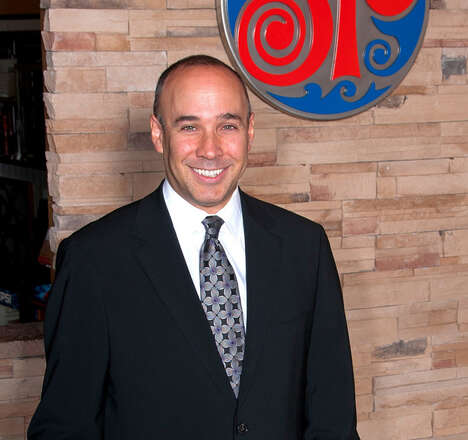 Steve Silverstone, Executive Vice President of Marketing at Boston Pizza, joined the restaurant chain five years ago in the midst of a significant franchise expansion. While the brand had grown exponentially via new locations, both the company and Steve recognized the need to also grow organically through marketing. Steve points out that in order to get the best ideas possible, egos have to be sidelined, which is aided by the familial atmosphere instilled by owners Jim Treliving and George Melville.
Steve Silverstone, Executive Vice President of Marketing at Boston Pizza, joined the restaurant chain five years ago in the midst of a significant franchise expansion. While the brand had grown exponentially via new locations, both the company and Steve recognized the need to also grow organically through marketing. Steve points out that in order to get the best ideas possible, egos have to be sidelined, which is aided by the familial atmosphere instilled by owners Jim Treliving and George Melville.1. What makes an innovative culture? How do you create a culture of innovation?
The culture is a bit of a result of how we operate as a company and how individuals behave. A few things make us unique, one of which is the ownership. Jim and George are owners, we are publicly traded, but they are very entrepreneurial in their own right. As far as the drivers of innovation; a healthy dissatisfaction with the status quo is important. Another is looking to improve intellectual curiosity and wanting to know the different ways of doing things and searching for ways we haven’t considered. And lastly, it’s looking around at what’s working and thinking about how we can apply that to us. Jim and George are successful entrepreneurs and they bring something very familial that creates openness. You check your ego at the door and understand that good ideas can come from anywhere. That kind of atmosphere makes people open to volunteer ideas. Innovation takes a huge amount of courage. You have to be comfortable that your idea might not work out or might not be universally accepted. There has to be that openness to think of new ideas and be respectful of the fact that we are open to those ideas and then that leads to a culture of creativity and entrepreneurship.
2. Have you identified any gaps in your innovation process that you're looking to improve on?
I would say there’s more challenges than anything else. In our process, one opportunity around the customer is guest qualification. We need to understand them, because it’s hard to know how much they are going to accept a new idea or innovation. Measuring their response is hard to do in a chain restaurant business because we have a hard time measuring the mass impact of it. We want to know, if this is positioned appropriately, what will be the response? And even further, how is the best way to position it? We leverage the expertise within our teams and we tap our franchisee networks. We have 200 owner/operators who are very close to the guests and they are great barometers. You need the time required to best plan for innovation and commit to it. The benefit of what we’ve done is we’ve separated long range planning from annual. That’s helped us take some pressure off the annual plan because in that planning process you’re caught up on current sales and issues of the business. When we separate it, it gives people the opportunity to breathe and think about what’s required in the future. It also allows for our franchisees to plan for it if it requires investment on their part.
3. How do you identify trends? What resources does your team use to spot trends and consumer insights?
In the market, the entire team is out and looking at what other food service companies and retailers are doing. We also have a dedicated social media team. We have two individuals who are listening and looking at what others are saying, in a broad sense. Then they summarize that and we review it monthly to look for leading indicators. We also use trade publications like Food Service and Hospitality and listen to what our vendors are saying because they are at the leading edge of trends and innovations. We also don’t only want to hear from the vendors, but even their suppliers to know where the ingredients are going. If I want to know where taste trends are headed related to sauce, I’d want to get opinions from the people who make our sauces, but more so from the people who are supplying the raw ingredients for the sauces as well. Two times a year we’ll do a deep dive in terms of resources to gather what the latest is; what people are saying locally and then globally in a general sense.
References: linkedin, bostonpizza
Featured Articles
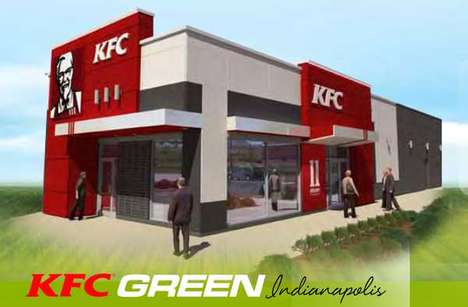
Eco-sine
Green restaurants and innovations take eco-minded eating to a new level
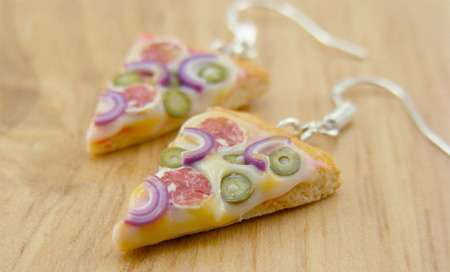
Foodcessories
Delicious-looking baubles offer a novel and fun twist on jewelry
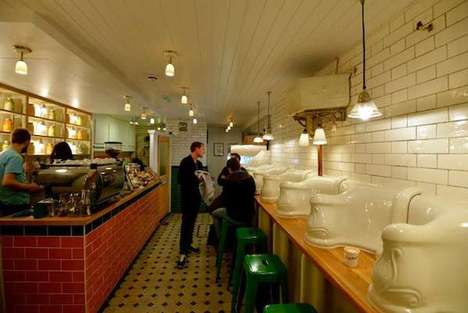
Upcycled Dining
High-end restaurants and lounges adopt a rustic reused look
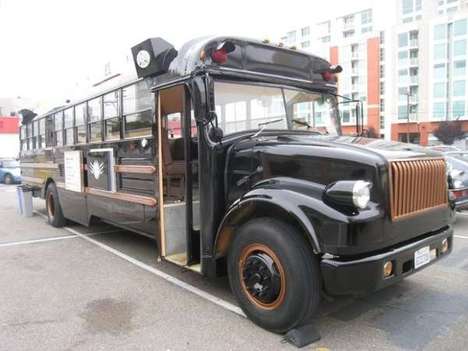
Pop-Up Eats
Mobile restaurants follow footsteps of pop-up stores, engage in tryvertising
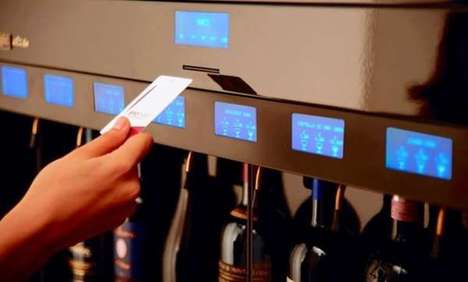
Novel Dispensing
Restaurants are offering more than just beer on tap

Digital Dining
Restaurants augment customer experience through use of technology

Chemical Cooking
Molecular elements become more prevalent in cuisine

Hyper-Niche Delivery
Companies from unexpected industries incorporate delivery services
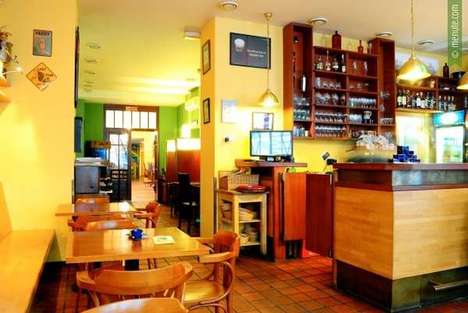
Radical Restaurants
Innovative dining concepts re-imagine the food service industry